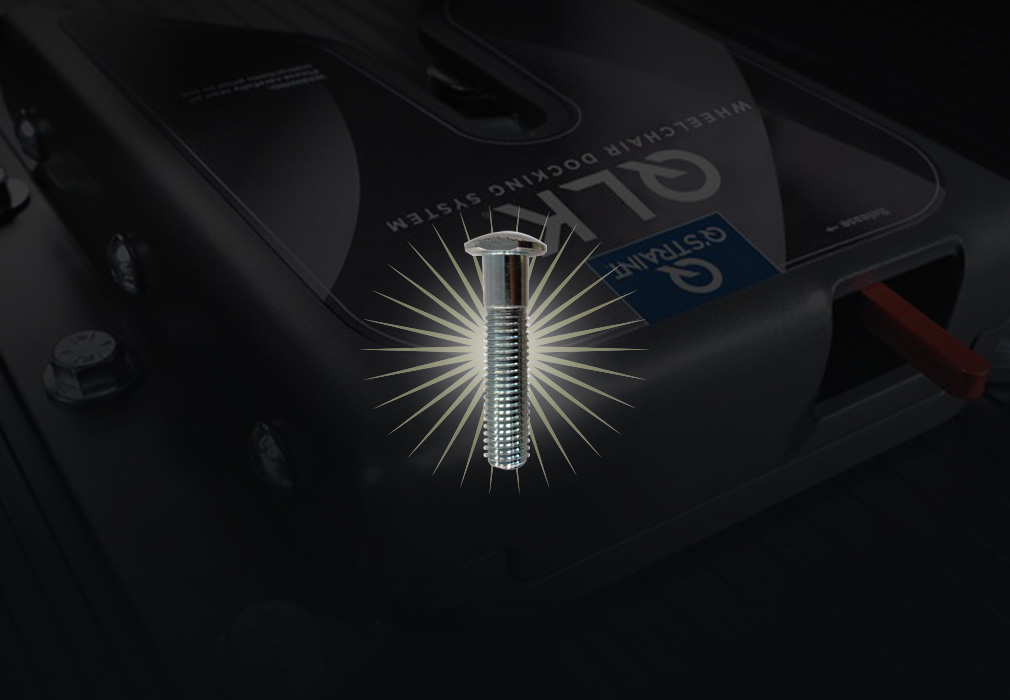

Turning the Industry Around
It’s time for an about-face in thinking when it comes to wheelchair restraint systems in U.S.-based transit systems. Literally. For decades now, forward-facing safety restraints have been the de rigueur standard. Q’Straint delivers wheelchair passenger safety solutions in more than 50 countries around the world, however, where the standard is the just the opposite.
At APTA in October, we unveiled the Quantum – an innovative solution that we hope will raise awareness of the advantages of the rear-facing setup. Such a turnaround in the way wheelchair-mobile passengers are transported augments their safety and reduces time, effort and costs for public and private transit operators. But more importantly, it strictly adheres to ADA, CSA, and ISO standards while preserving the dignity and independence of the disabled.
Right now, when passengers in a wheelchair want to board a city bus, they must turn their chairs around. The driver must come and safely position the passenger in a forward-facing position and secure the restraints. Our new system will be a breakthrough in terms of eliminating driver interaction. Adopting this approach will lessen the incidence of securement mistakes and cut down on the liability transit operators face.
Around the world, transit systems in the Europe, Asia, and Latin America acknowledge that rear-faced seating is the safest direction for large vehicle transport. Crash test analyses show that most crashes are frontal. The impact from these crashes will send a wheelchair-mobile passenger lunging forward. In the case of a collision, or even a hard brake, forward-facing wheelchair passengers can and often do fall from their chairs.
By restraining chairs to face the back, the impact sends the passengers’ bodies into the supportive surface of the chair behind them. The same logic applies to rear-facing infant car seats. This logic saves lives and prevents injury, not to mention reduces city bus idle times, and promotes independence with wheelchair passengers.
There’s some natural resistance, to be sure. Rear-facing passengers will not be able to see their upcoming stop, but even the most basic public transit systems have auditory and visual alerts for upcoming stops. Facing a different direction is not an issue for the millions of public transit riders in New York City, Washington, DC, Los Angeles, Chicago and Atlanta. They ride facing every which direction each day. Seats are positioned to maximize space, which is another advantage of the Q’Straint product. Staying within the space requirements of the ADA, our rear-facing restraint system will take up less room so transit operators can safely accommodate more people.
It’s a win-win solution, and we’re proud to be pioneering in this area. Stay tuned.
Share This:
Comments are closed.

